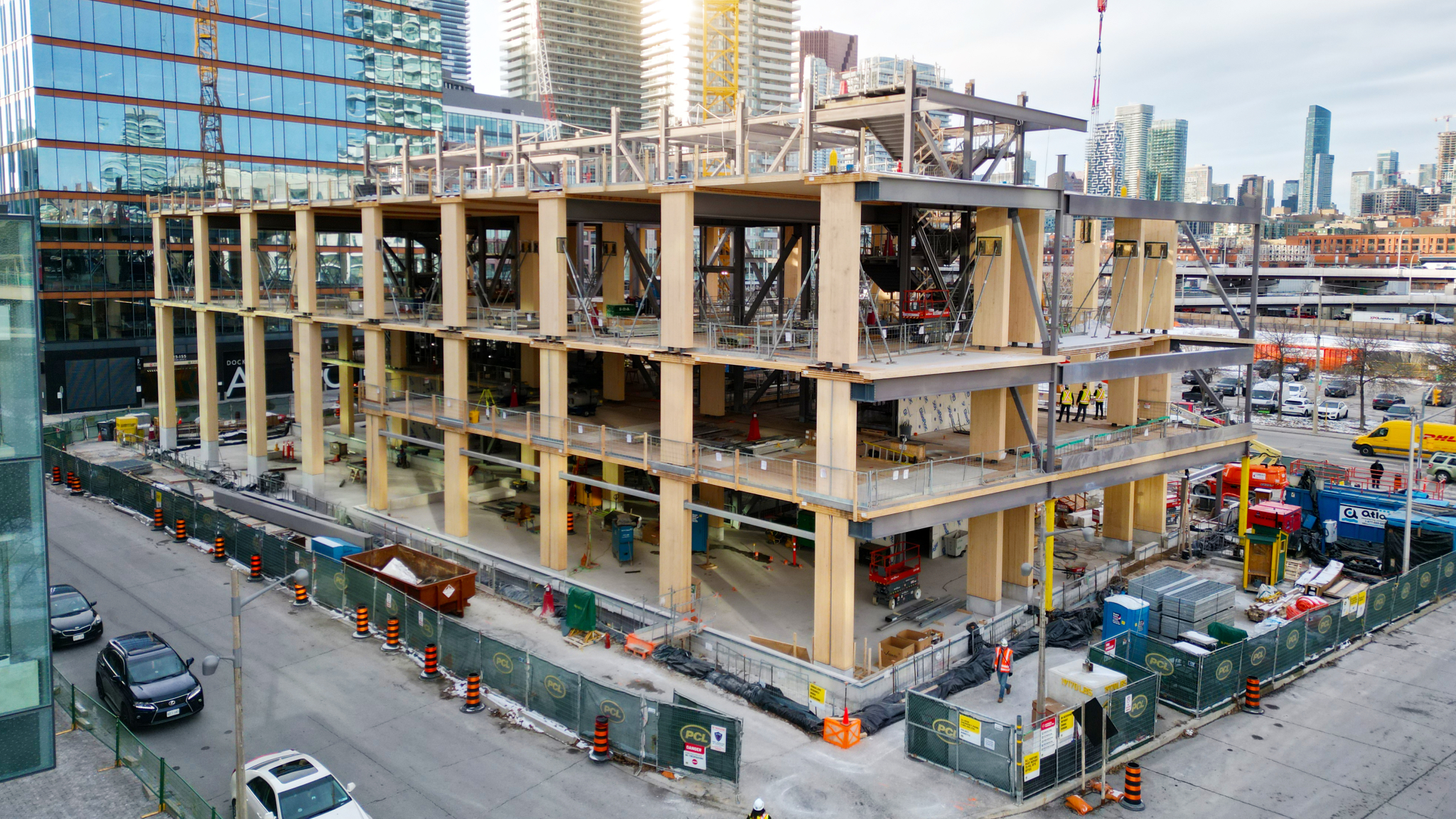More than 50 years after the first Earth Day, the alarm bells are sounding louder than ever, and the effects of real-time climate change are here. The projections are concerning, and we've got no time to waste. That's why George Brown College (GBC) is making bold moves to solve climate change challenges, improve resilience in our communities, and train the professionals we'll need for a sustainable future.
"We aim to be sustainability leaders and a force for positive environmental change locally and globally," said GBC President Dr. Gervan Fearon. "We continue to embed environmental sustainability into everything we do, including our academic programs and our new building at the Waterfront Campus, to ensure we provide the training and real-world experience to develop problem-solvers and innovators as well as an awareness of sustainability."
Progress on our sustainability goals is moving ahead with the upcoming launch of the Brookfield Sustainability Institute (BSI), a hub where students and faculty will work with governments, businesses, and community partners to develop solutions to tackle the impacts of climate change. BSI will produce partnerships with meaningful outcomes and become a beacon of smart sustainability that will benefit communities everywhere and provide students with exciting real-world experiences.
This institute will also offer upskilling opportunities for professionals and college and university grads who want to work in sectors developing smart and sustainable solutions to climate change. BSI's mission is exciting, and so is its sustainable future home, a stunning mass-timber building currently under construction at Waterfront Campus called Limberlost Place. The 10-storey net-zero carbon emissions building will open to students and the public in January 2025. Limberlost Place is a building where automation and environmental sustainability will come together as a living lab and learning setting for our students.
Created with sustainable building materials and constructed to operate utilizing district energy, deep-water cooling, solar chimneys and rooftop photovoltaics, among other systems, Limberlost Place will show the promise of net-zero carbon buildings for the future. The building will be easy on the environment and good for people, too — the design provides generous spaces focused on well-being by maximizing access to natural light and fresh air. Along with BSI, it will house our School of Architectural Studies and School of Computer Technology and a new community childcare centre.
And GBC offers research and innovation activities that provide excellent opportunities for students to use skills they've learned in the classroom to solve real-world sustainability challenges. For example, the college's Fashion Exchange (FX) recently partnered with Canadian fashion brand Joe Fresh to tackle textile waste and explore ways to recycle and repurpose used clothing. And the college's Product Development Exchange (PDx) recently partnered with Plastic Flux. This Toronto startup transforms black plastic into functional furniture by shredding it and forming it into sheets that are then turned into items. PDx helped the team
custom-build a sheet press.
And on campus, we're providing simple, sustainable options for the GBC community, including water-bottle refilling stations and bicycle storage. "Climate change presents big challenges," Fearon said. “As a leading post-secondary institution, we feel a responsibility to make environmental sustainability a strategic priority and bring new solutions to communities in Toronto and beyond.”


Comments